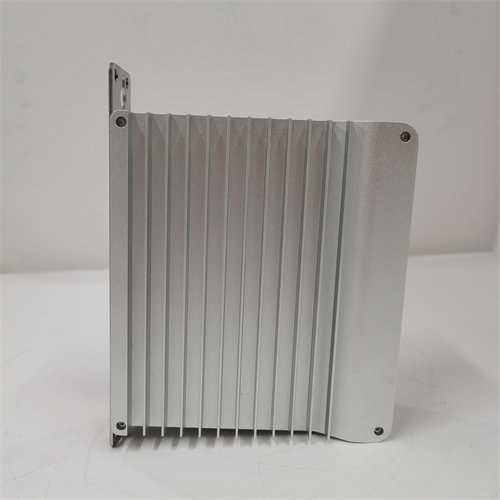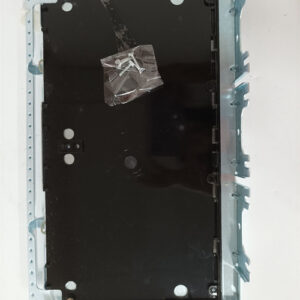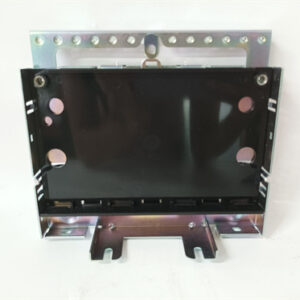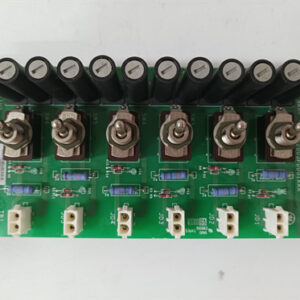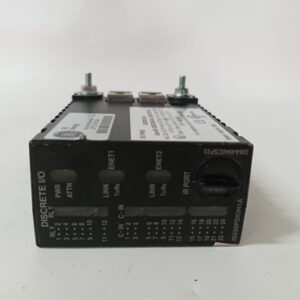الوصف
The GE DS200TBQDG1 is an RST Extension Analog Termination Board (often abbreviated as TBQD) for the General Electric Mark V Speedtronic Turbine Control System.
Its main function is to provide extended analog I/O termination capacity for the Mark V system, primarily connecting signals that require isolation or are part of an expanded I/O configuration.
Key Functions and I/O Types
The TBQD board is a high-density field-wiring termination module that extends the capability of the main analog acquisition board (TCQA/TCQB) in the Mark V control cores.
| I/O Type | Primary Function | Description |
| LVDT Inputs | Position Measurement | Terminates signals from Linear Variable Differential Transformer (LVDT) sensors used for precise control valve and actuator positioning. |
| Proximitors | Vibration Monitoring | Terminates inputs from proximity probes (Proximitors) used to measure shaft vibration and displacement, which is crucial for turbine protection. |
| Analog Outputs (mA) | Auxiliary Control/Monitoring | Terminates analog current output signals from the controller for auxiliary functions. |
Technical and Physical Details
- System Series: GE Mark V Speedtronic Turbine Control System (used in gas, steam, and wind turbine control).
- Designation: The functional acronym TBQD stands for Termination Board for Quick Connect (D-version, which is typically an extension board). The ‘RST Extension’ in the name confirms its role in providing supplementary I/O to the main control cores.
- Terminals: The board is physically characterized by its high-density termination points, featuring two terminal blocks, with some revisions containing 107 terminals each for signal wires.
- Jumpers: The board includes a few hardware jumpers (commonly identified as BJ1 and BJ2) that allow a qualified technician to configure board settings or define processing requirements for the specific turbine drive application.
- Protective Components: It includes components like metal oxide varistors (MOVs) to provide overvoltage protection, shunting excessive voltage away from sensitive internal circuitry.
- Connectivity: It uses connectors, such as 34-pin or 50-pin ribbon cable connectors, to interface with other boards, particularly the main I/O boards in the R, S, and T (Triple Modular Redundant) cores.
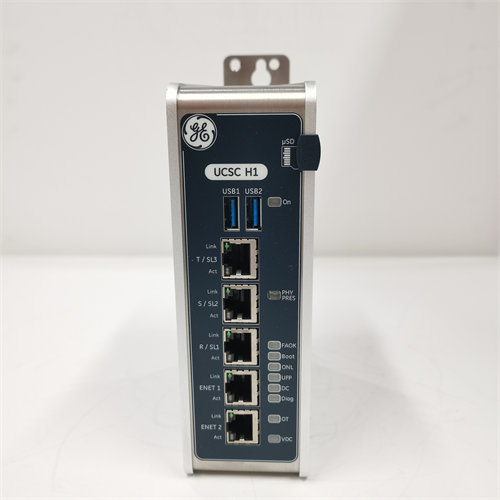


 +86 15340683922
+86 15340683922 +86 15340683922
+86 15340683922